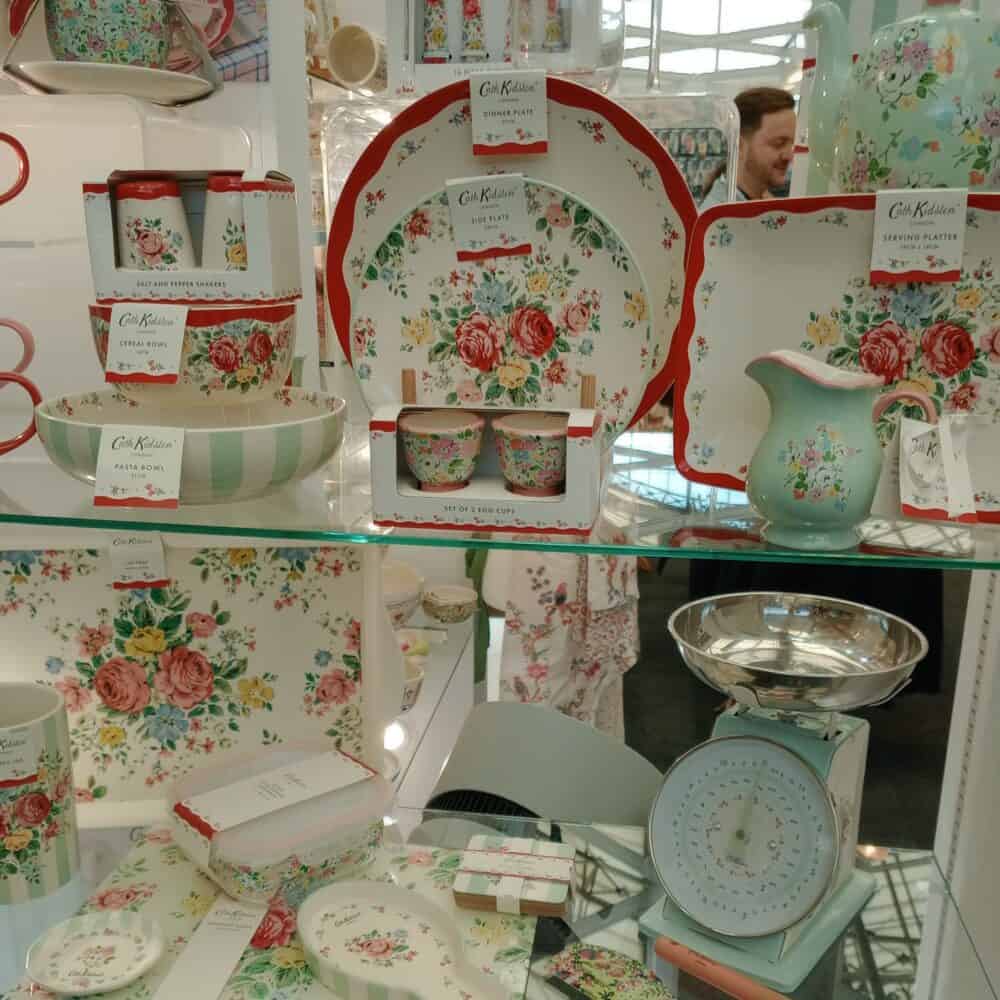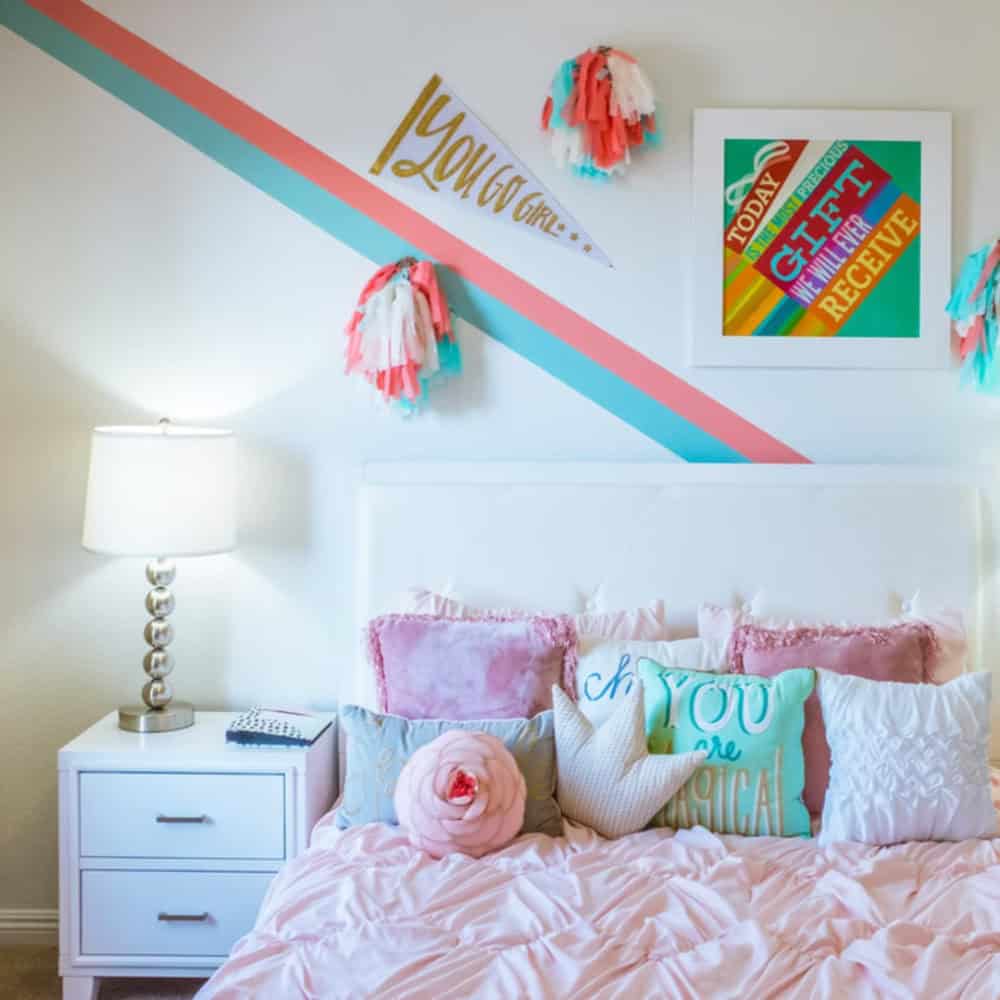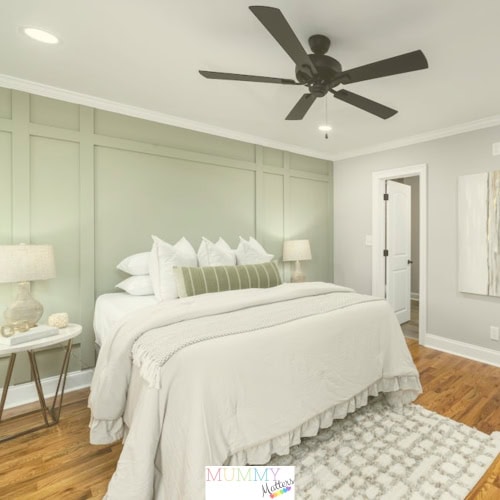Clever Use of Family Space in the Home to Keep Muddle Free
Table of Contents
Keeping living rooms and family areas organised can be tricky when you are working with whatever size family space. The right storage idea or smart room idea can transform a living room into a calm, practical, and stylish space. Whether you’re dealing with limited space or just need an idea for small adjustments, these storage ideas may hopefully help you create a clutter-free home.
Why Clever Space Planning Matters for Families
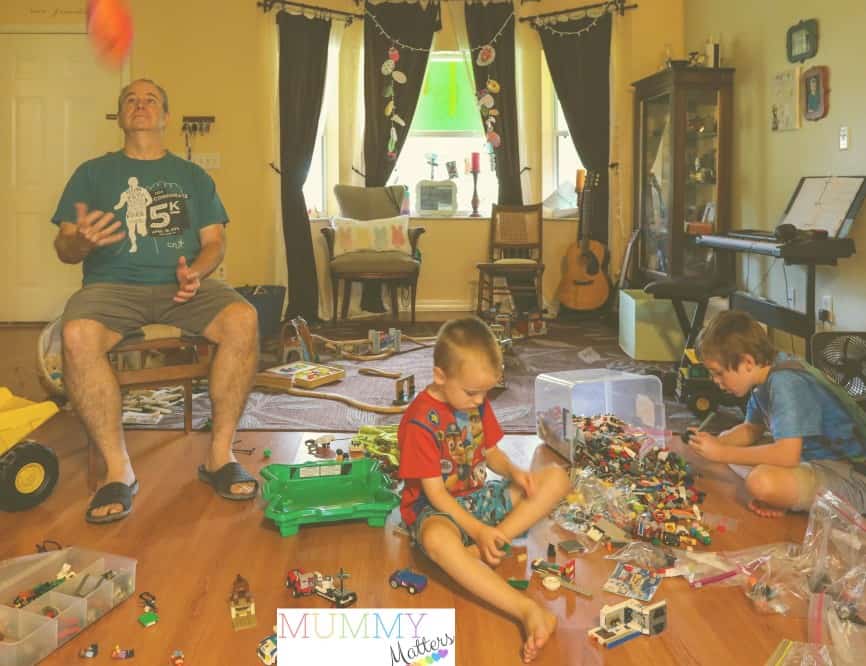
Families naturally accumulate more stuff. From children’s schoolwork and sports kits to kitchen gadgets and pet supplies, every item needs a home. Without proper organisation, family areas can quickly become chaotic. By designing your space with multi-purpose storage, traffic flow, plus daily routines in mind, you’ll not only cut down on clutter but will also:
- Save time finding essentials.
- Reduce family stress and decision-making.
- Create calmer, more inviting spaces for everyone.
- Encourage kids to take part in tidying and responsibility.
Where Family Life Happens
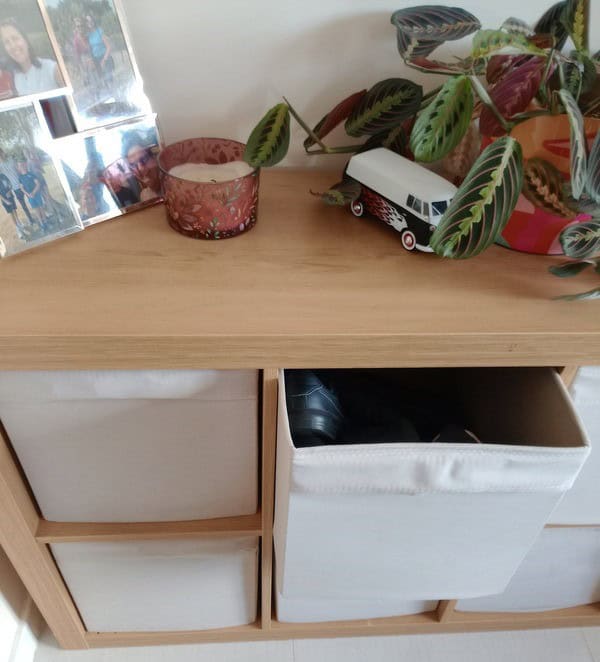
Your living room is the heart of the home. This is where you come together, relax, and more often than not store more than you realise, so clutter can quickly build. By combining room design with clever storage choices, you can improve the feel of the home and bring some calm back into your daily life.
1. Make Use of Vertical Storage
Don’t just think floor-to-ceiling cupboards—consider floating shelves, wall hooks, pegboards, and modular shelving systems. Vertical solutions help you free up floor space, keep items visible, and make it easier for children to access what they need.
2. Create “Drop Zones” for Daily Essentials
Set up a space if possible, near the entrance of the home, or a dedicated area in the kitchen for shoes, coats, and bags. A simple bench or unit is ideal with baskets in situ, together with wall hooks above to ensure that each family member can grab what they need when leaving the house without scattering items around the house, causing more chaos.
3. Invest in Multi-Purpose Furniture
Ottomans or seating with hidden compartments provide flexibility while reducing the need for additional bulky furniture. These dual-purpose pieces are particularly useful for storage and small items.
4. Zoning for Different Activities
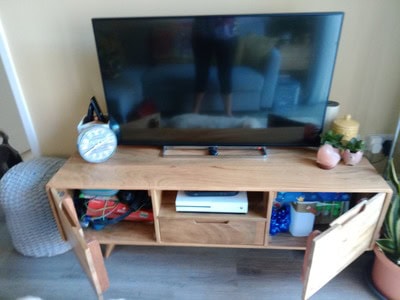

Clearly defined zones help keep clutter under control. For example:
- A homework station with organised stationery and shelves.
- A designated area for Gaming and Viideo Games
- A toy corner with stackable bins and labelled baskets.
- A quiet reading nook with soft lighting and a small bookcase.
5. Rotate and Declutter Regularly
Children and Teenagers needs change quickly, and so does the “stuff” that comes with each stage of life. Make decluttering a seasonal habit—rotate toys and video games, donate outgrown clothes, and recycle unused items. This prevents build-up and keeps the home manageable.
Involve the Whole Family
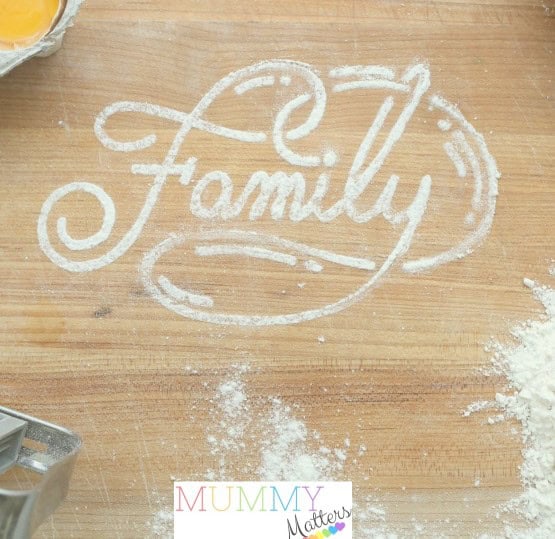
One of the most effective ways to keep spaces tidy is to make organisation a shared responsibility. Assign age-appropriate tasks:
- Toddlers can place toys in labelled bins.
- School-age children can manage their homework station.
- Teens can be responsible for laundry baskets and tech charging stations.
When everyone contributes, it builds healthy habits and reduces the burden on one person.
Balancing Functionality with Family Style
A muddle-free home doesn’t mean it has to look sterile. In fact, family spaces thrive when they feel lived in. The trick is combining smart storage with personal touches:
- Use woven baskets, decorative boxes, or stylish storage cubes that complement your interior.
- Display family photos or children’s artwork in curated gallery walls rather than on every available surface.
- Choose neutral furniture, then bring personality in with cushions, throws, or seasonal décor.
Smart Solutions – Storing Small Items

Clutter often comes from storing small items without a plan. Think about extra storage for items such as remote controls, chargers, or items like stationery. Use baskets, decorative boxes, or built-in drawers to keep the space calm. This not only saves time but also helps make the room feel balanced.
Control Family Paper and Digital Clutter
In a world where the digital and physical realms often collide, managing family paper and digital clutter becomes an art form. Clever use of storage space can transform how we interact with both types of clutter, leading to a more organized home.
Paper Storage: Consider designating specific areas in your home for paper storage — like stylish baskets or wall-mounted organizers — that not only keep documents organised but also enhance your home decor. By creating a dedicated ‘landing zone’ for incoming papers, you can prevent them from spilling over into every corner of your living room and kitchen space.
Digital Clean Up: On the digital front, a similar philosophy applies. Utilize cloud storage solutions to create an efficient virtual filing system, allowing you to declutter your devices while ensuring that important documents are just a click away. Regularly scheduled digital clean-ups can work wonders; set aside time each month to sort through files and delete what no longer serves a purpose. By integrating these practices into your routine, you’ll find that your spaces breathe a sigh of relief.
Conclusion
Room design in a family home is all about balance. No matter what the size of your space, a room may look tidy and welcoming with the right planning. When you use the space thoughtfully—whether through open storage, built-ins, or room storage ideas—you bring space to life. With the right planning, you’ll have a room without clutter, a calm space, and a home where space that would otherwise be wasted becomes valuable. Ultimately, the size of the room doesn’t matter—what matters is how you cleverly utilise the room.

